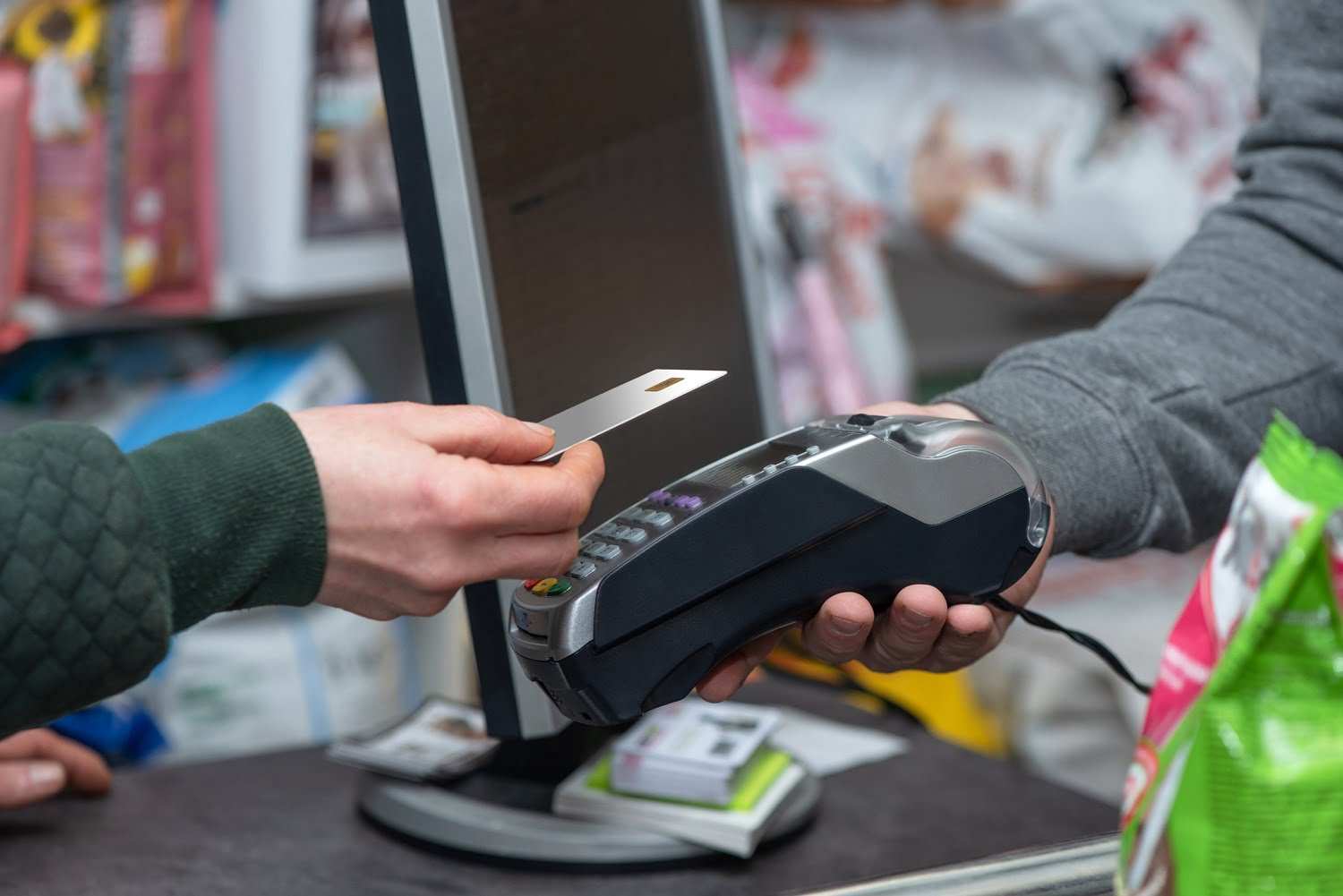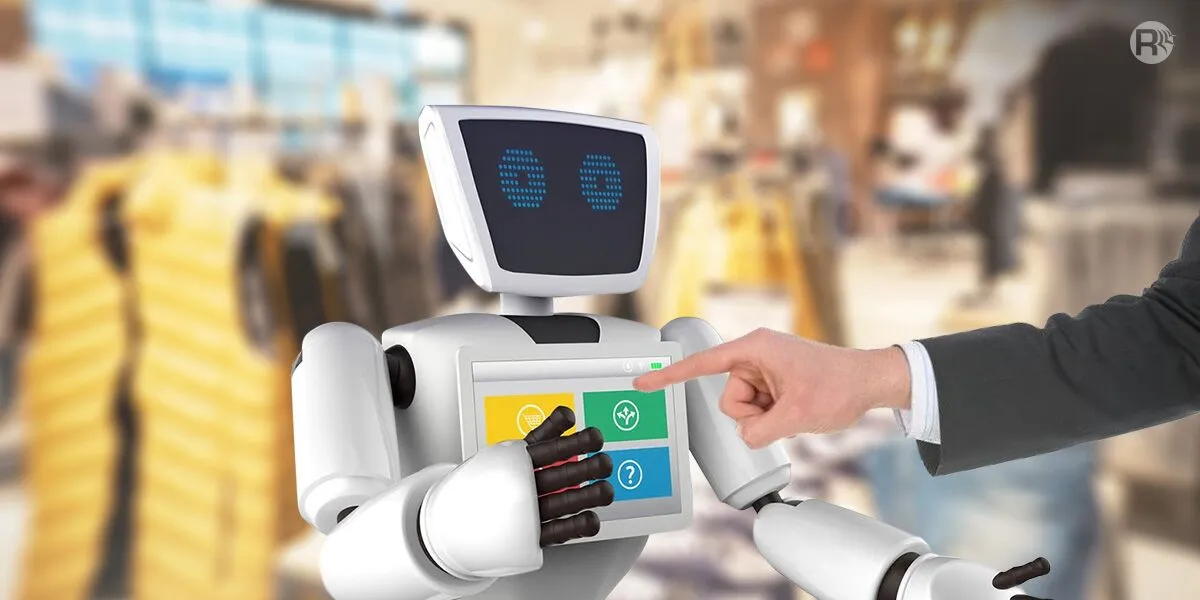The Evolution of POS Systems: From Cash Registers to Digital Solutions

Point of Sale (POS) systems have come a long way since their inception. Originally designed to facilitate transactions, POS systems have evolved into sophisticated digital solutions that streamline business operations, enhance customer experience, and provide valuable insights. This blog explores the fascinating journey of POS systems, from the humble cash register to the advanced digital platforms we use today.
The Birth of the Cash Register
The history of POS systems dates back to the late 19th century with the invention of the cash register. James Ritty, a saloon owner, invented the first cash register in 1879 to prevent employee theft and track sales. This mechanical device, known as the “Incorruptible Cashier,” recorded sales transactions and stored cash securely. The cash register quickly gained popularity among businesses for its ability to deter theft and improve accuracy in handling money.
Early cash registers were entirely mechanical, relying on gears and levers to function. They featured a simple design with a cash drawer and keys to record sales amounts. Despite their limitations, these early machines represented a significant technological advancement in retail and business operations.
The Emergence of Electronic Cash Registers
The 20th century brought significant advancements in technology, leading to the development of electronic cash registers (ECRs). In the 1950s and 1960s, ECRs began to replace their mechanical predecessors. These new machines incorporated electrical components, which allowed for more complex functions such as calculating totals, applying discounts, and printing receipts.
Electronic cash registers improved efficiency and accuracy in transaction processing. They also introduced features like programmable keys, which allowed businesses to customize the register for their specific needs. The ability to generate printed receipts provided customers with a record of their purchases, enhancing transparency and trust.
Also Read: What to Look for in a POS System: A Checklist for Business Owners
The Digital Revolution
The advent of computers and the internet in the late 20th century revolutionized the POS industry. The first computerized POS system was introduced by IBM in the 1970s. This system, known as the IBM 3650, utilized microprocessors to handle transactions and manage inventory. It marked the beginning of the digital era for POS systems.
Computerized POS systems offered numerous advantages over their electronic counterparts. They could store large amounts of data, process transactions faster, and integrate with other business systems such as inventory management and accounting software. These systems also allowed for more detailed reporting and analytics, enabling businesses to make data-driven decisions.
The Rise of Cloud-Based POS Systems
The early 21st century saw the rise of cloud-based POS systems, which further transformed the industry. Cloud-based POS systems store data on remote servers accessed via the internet, eliminating the need for on-site hardware and reducing maintenance costs. This shift to the cloud provided businesses with greater flexibility, scalability, and accessibility.
Cloud-based POS systems offer numerous benefits, including real-time data access, automatic updates, and enhanced security. They enable businesses to monitor sales and inventory from any location, using any device with internet access. This level of connectivity and convenience has made cloud-based POS systems particularly popular among small and medium-sized enterprises (SMEs).
The Integration of Mobile and AI Technologies
In recent years, POS systems have continued to evolve with the integration of mobile and artificial intelligence (AI) technologies. Mobile POS systems allow businesses to process transactions using smartphones or tablets, providing a more flexible and convenient solution for both retailers and customers. These systems are ideal for pop-up shops, food trucks, and other mobile businesses.
AI-powered POS systems offer advanced features such as predictive analytics, personalized customer experiences, and automated inventory management. AI can analyze customer data to identify trends and preferences, enabling businesses to tailor their offerings and marketing strategies. This level of insight and automation helps businesses operate more efficiently and effectively.
Conclusion
The evolution of POS systems from mechanical cash registers to advanced digital solutions has been remarkable. Each stage of development has brought new features and capabilities that have transformed the way businesses operate and interact with customers. Today’s POS systems are powerful tools that go beyond transaction processing to provide valuable insights, improve efficiency, and enhance the overall customer experience.
As technology continues to advance, we can expect POS systems to become even more sophisticated and integrated. The future of POS technology holds exciting possibilities, from further advancements in AI and machine learning to the continued expansion of cloud-based solutions. Businesses that embrace these innovations will be well-positioned to thrive in an increasingly digital and data-driven world.
Visit our site at www.dibtech.com.au
Visit our YouTube channel for tutorials Dibtech






